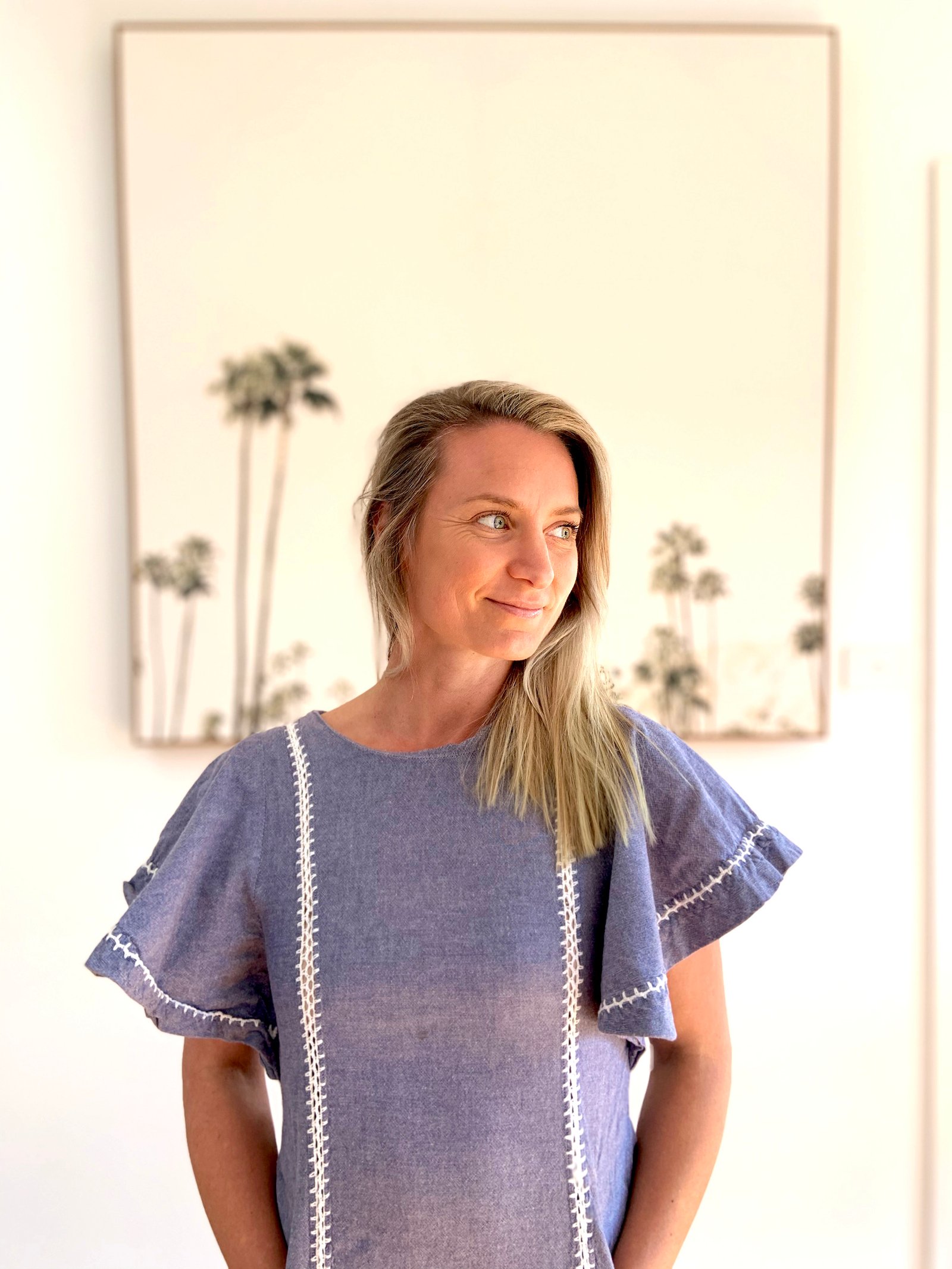One minute telehealth was hardly a thing, the next minute we’re OT tech experts. As I reflect on our unexpected and swift transition to telehealth services, I’ve reminded myself of a few things. May they serve as reminders for you too.
- We need to realise that what’s foreign to us now will one day be familiar and what seems radical today will be mainstream tomorrow. In a few years from now telehealth will be a subject at university and the literature will be flooded with research. Clients will be requesting virtual appointments, and telehealth will become the standard of care. But right now we’re at the forefront of something quite revolutionary for our profession. We’re pioneering a mass movement towards telehealth. We’re navigating uncharted waters in many areas of care and were required to think differently, get creative and overcome our own self doubts.
- We need to know our worth and not undervalue what we bring to the table. Clients pay for our time and expertise, so don’t charge less for telehealth sessions. If we do, we’re selling ourselves short.
- We need to avoid rushing the therapy process in order to achieve an anticipated outcome. Remember, our client’s actions are deeply rooted in their core values and beliefs. So, let’s take the time to listen to their story and meet them where they’re at. As much as we’d sometimes like to, we can’t leapfrog stages of progression. It all starts with connection.
- We need to let go of rigidity and loosen our super structured sessions. Telehealth requires us to be flexible, problem solve and stay open minded. But we got this, this is all in our OT DNA.
- We need to bring our awareness to the client-therapist fit. Clients have more choice now more than ever before. There are no geographical boundaries fencing them in. Clients are searching globally, not locally. They can now work with the therapist who they believe will be the best match for them. It also means that as therapists we get to hone in on a specific niche, but reach further, and in doing so strengthen the therapeutic relationship.
- We need to plan for the unplanned and expect the unexpected; a meltdown, a client fall, a technical glitch in the middle of an online standardised assessment. These things may happen. So how can we be best prepared for them? This is your permission slip to be kind to yourself as you figure it all out.
- We need to continue to measure what matters. Functional daily living skills, participation, performance, engagement and quality of life.
- We need to get comfortable with silence and avoid filling the void. This can feel awkward at the start. We might be tempted to jump in and talk – but really rich moments can come from sitting in moments of silence.
- We need to see telehealth as an opportunity to look at the client in their real world. We need to solve real world problems in the real-life context of their day-to-day life. And of course, we need real world outcomes. So take a virtual step into their home, take a walk around their neighbourhood and see life through their eyes. There’s no client questionnaire, semi-structured interview or contrived clinical assessment that’s going to provide you with the same richness of information that you’ll get from when you observe how a client really lives their life.
- We need to get super resourceful. Some of us are used to fancy clinic equipment and now all we have are the materials that lie scattered around our client’s homes. Fantastic! This is an opportunity to go back to basics and address core challenges in our client’s life with their natural resources, so we can empower them to be the driver of change in their own life.
- We need to re-evaluate our business plans. Maybe once this is all over, you’ll never mention the word telehealth again. Maybe you’ll create a hybrid practice so you can tailor your service delivery model to your client and also have the flexibility to enable staff to work from home. And maybe now that you’ve gone telehealth, there’s just no going back. You see the potential in this laptop lifestyle and you’re ready to kick some serious goals no matter how wildly ambitious they seem. Choose your own adventure.
- And finally, we need to come together as a profession and as a community of game changers and visionaries, who are vulnerable enough to say that we don’t have all the answers but brave enough to give it a go anyway. We can do this. You can do this.
If you’re looking for extra guidance, a boost in confidence and strategies & support in the telehealth arena – I created The OT Telehealth Summit just for you. In this course I interview 11 incredible and inspirational therapists who share their tips, procedures, evidence, consent forms, technical know-how and everything telehealth related to ensure you thrive in this new landscape.

